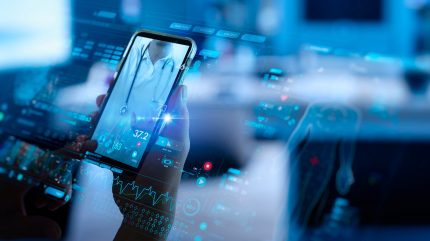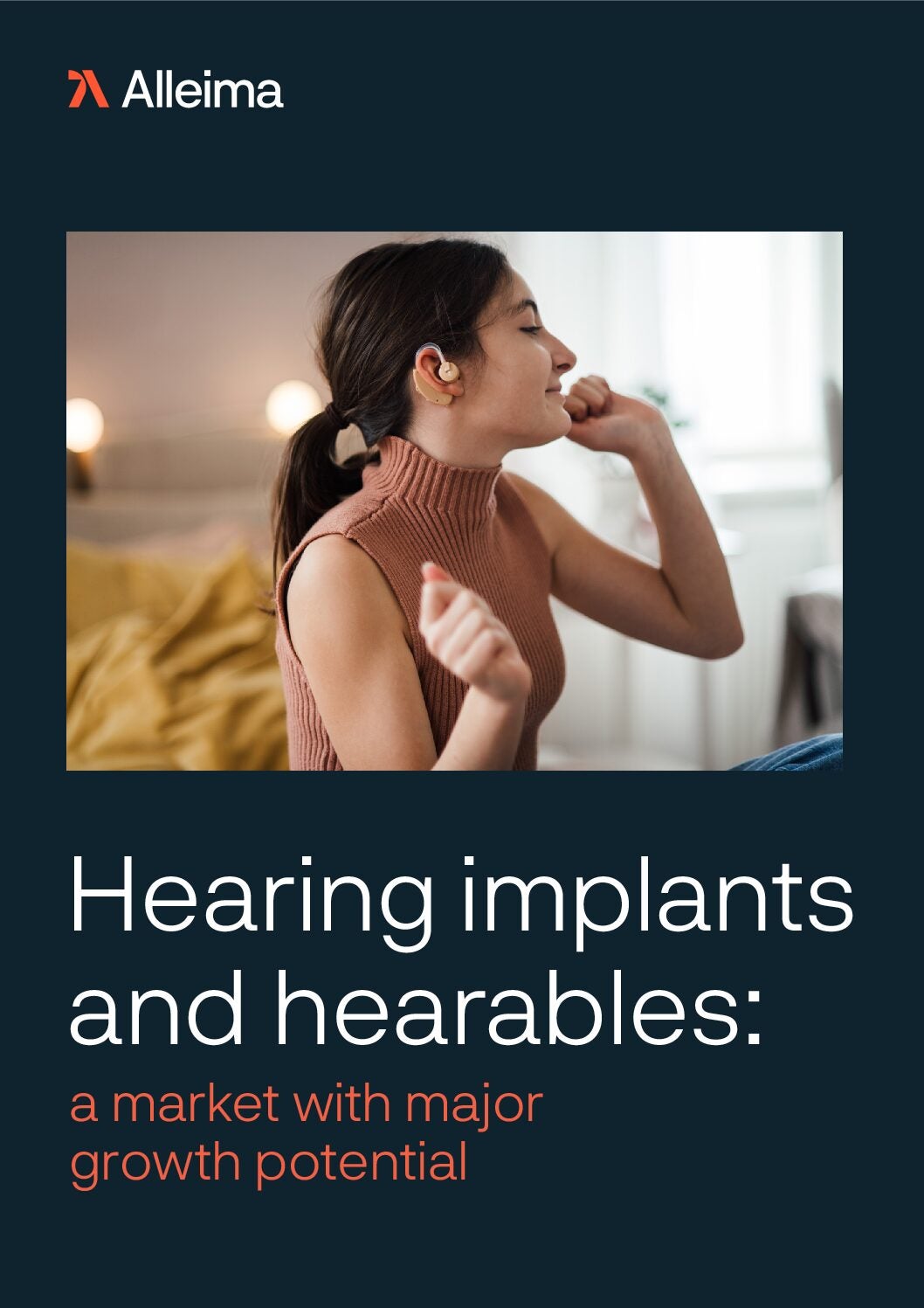
Digital healthcare is playing a transformative role in the management of diabetes by providing resources to help patients monitor their blood glucose levels, track medications, make informed decisions about their diet and exercise, and receive personalised guidance and support.
One of the many benefits of digital applications for healthcare providers is that they can provide tools to analyse the collected data, generate reports, and visualise trends in blood glucose levels, medication adherence, or lifestyle factors.
According to medical device principal analyst at GlobalData, Tina Deng: “These data and insights help healthcare providers make informed decisions and adjust treatment plans accordingly. Many digital diabetes clinics were established during the Covid-19 pandemic. These virtual clinics incorporate digital patient data collected by devices and provide individually tailored suggestions and treatments to patients who were unable or unwilling to visit in person.”
Understanding digital healthcare in diabetic management
Digital healthcare encompasses a broad range of technologies, including mobile health (mHealth) apps, wearable devices, telehealth services, and advanced data analytics. In the context of diabetic management, these technologies offer innovative ways to manage their condition and support lifestyle changes.
Wearable technology such as continuous glucose monitors (CGMs) and smart insulin pumps provide real-time insights into blood glucose levels and automate insulin delivery. Furthermore, advanced analytics and artificial intelligence (AI) tools can be used to analyse health data to predict blood glucose fluctuations, recommend personalised treatment adjustments, and identify risk factors for diabetes-related complications.
Mobile applications are being introduced to the market to assist individuals who require insulin injections by calculating the appropriate dosage based on factors such as blood glucose levels, carbohydrate intake, and insulin sensitivity.
Many apps offer educational resources, articles, and videos to help patients understand diabetes, its management, and potential complications. These digital platforms are designed to help individuals stay on top of their medication schedule by sending them reminders about taking prescribed medications, including insulin injections, oral medications, and other supplements. Such apps also often provide forums or support groups where users can connect with peers, share experiences, and seek advice.
Benefits of digital innovation for diabetes patients
Digital healthcare offers several advantages over traditional diabetic management methods. Continuous monitoring and real-time feedback help patients maintain their blood glucose levels within target ranges, reducing the risk of complications, while AI-powered analytics can tailor treatment plans to individual patient needs, improving outcomes. By utilising digital tools, patients are empowered to take an active role in managing their condition, which further encourages adherence to treatment plans.
A holistic approach that encompasses total body wellness has become increasingly common when it comes to diabetes management. Some apps have the capability to sync with various health-monitoring devices, such as activity trackers, blood pressure cuffs, or intelligent weighing scales, providing users with a unified overview of their health status.
Despite the many benefits, the integration of digital healthcare into diabetic management faces several challenges, including digital literacy and access, which can be particularly challenging for elderly patients. Other potential risks include data privacy and security when dealing with sensitive health information, however, governing bodies and cyber security companies are working hard to update regulations and safety measures to keep up with the technology.
Sensor wire in digital healthcare
To be able to extract data from the body to a remote monitoring device, you need a sensor. In some of the CGMs on the market, a sensor wire, which is thinner than a needle, detects glucose levels using glucose oxidase and measuring the enzymatic reaction. Electrical signals are generated when the resulting hydrogen peroxide reacts to the sensor, and these signals are sent to the transmitter where they can be transferred to a reading device, such as a mobile phone.
Finding the most suitable medical-wire component is an important step for any medical device manufacturer, and when it comes to CGMs, there are certain features that OEMs must consider. The wire must be long-lasting, biocompatible and offer excellent conductive properties, as well as a suitable insulation coating. The same features apply for other types of sensors that are implanted into the body and which should be transmitting signals to an outside receiver.
Alleima ultra-fine medical wire is used in medical devices to transmit, sense and stimulate within the human body and can be used in a variety of remotely monitored medical devices, including glucose monitors. Together with its customers, the Alleima engineers help OEMs to achieve their end product where others could not, for example by adding more functionality into one cable to reduce the size of the medical device.
“We are always looking for new ways to reduce the footprint of a device or integrate additional features into devices, whether that be through the use of new alloys, coatings, or manufacturing processes. We have knowledge of industry trends and the needs of patients and physicians and try to advance our capabilities and offerings to meet these needs”, says Dr Cacie McDorman, engineering manager at the Alleima production unit in Palm Coast, Florida, USA.
For more information about Alleima medical wire components, including available materials and surface treatments, download the whitepaper below.



